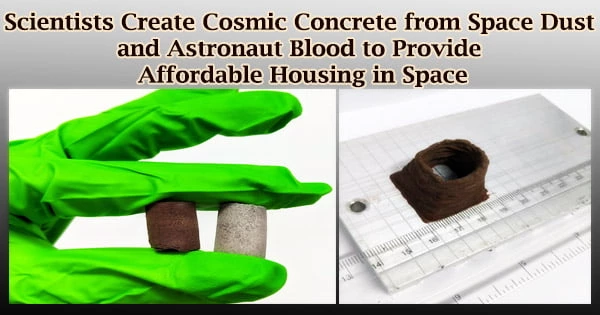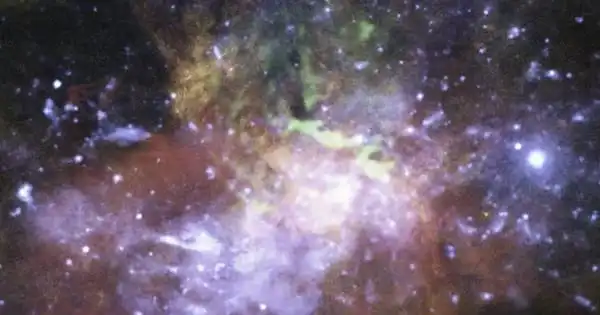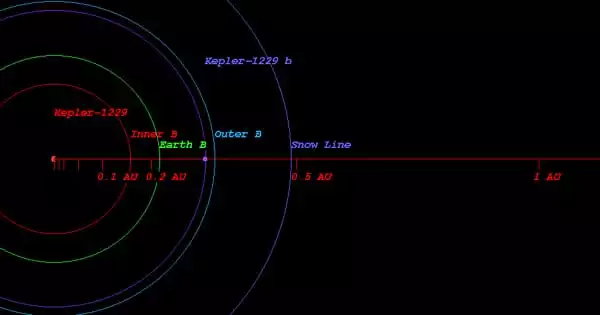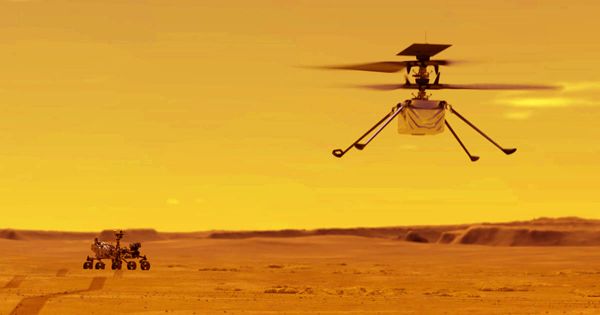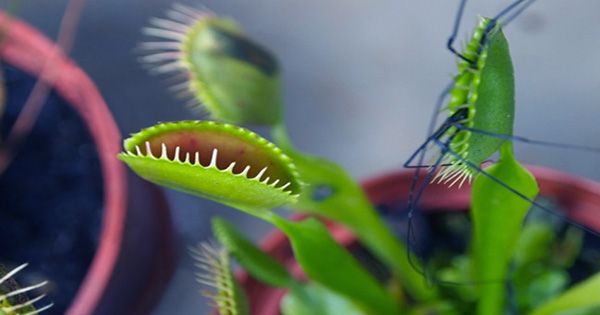A single brick can cost more than a million British pounds to transport to Mars, making the cost of future Martian colony construction unaffordable. Researchers at The University of Manchester have created a material that resembles concrete using astronauts’ blood, sweat, and tears as well as extraterrestrial dust as a potential solution to this issue.
Additionally, it offers a potential answer to the issue because it paves the way for cost-effective dwellings in space. According to their research, which was just published in Materials Today Bio, a human blood protein combined with a substance from sweat, urine, or tears could bind together simulated moon or Mars soil to create a substance stronger than regular concrete that would be ideal for building projects in extraterrestrial environments.
A substance stronger than regular concrete might be created by mixing a protein from human blood with a substance from sweat, tears, or simulated moon or Mars dirt. According to the study, which was released in Materials Today Bio, it is ideal for building tasks in interplanetary conditions.
Future Martian colonists won’t be able to carry their building materials with them because it would cost around US$2 million to transfer a single brick to Mars. Instead, they would need to make do with materials they can find locally for shelter and construction.
In-situ resource utilization, also known as ISRU, primarily concentrates on using loose rock, Martian soil, or regolith, and scant water deposits. The crew members themselves are an underutilized resource that will, by definition, be present on every crewed expedition to the Red Planet.
In a study that was just published in the journal Materials Today Bio, researchers showed how a common blood plasma protein called human serum albumin could serve as a binder for a simulated moon or Mars dust to create a substance that resembled concrete.
Scientists have been trying to develop viable technologies to produce concrete-like materials on the surface of Mars, but we never stopped to think that the answer might be inside us all along.
Dr. Aled Roberts
The resultant cutting-edge substance is called AstroCrete. Compressive strengths of up to 25 MPa (Megapascals) are present. As a result, it is comparable to the 20–32 MPa range found in typical concrete.
The best performing material had a compressive strength of almost 40 MPa, which was significantly stronger than regular concrete. However, the scientists discovered that adding urea, a biological waste product that the body produces and excretes through urine, sweat, and tears, could further increase the compressive strength by over 300 percent.
The new method has significant advantages over many other proposed construction approaches on the moon and Mars, according to Dr. Aled Roberts from The University of Manchester, who worked on the research.
“Scientists have been trying to develop viable technologies to produce concrete-like materials on the surface of Mars, but we never stopped to think that the answer might be inside us all along,” he said.
The researchers estimate that a crew of six astronauts could manufacture more than 500 kg of high-strength AstroCrete throughout the duration of a two-year mission on the surface of Mars.
Each crew member may manufacture enough AstroCrete to expand the habitat to accommodate an additional crew member, tripling the amount of possible housing with each subsequent mission if used as a mortar for sandbags or heat-fused regolith bricks. In the past, animal blood was utilized as a mortar binder.
“It is exciting that a major challenge of the space age may have found its solution based on inspirations from medieval technology,” said Dr. Roberts.
The blood proteins denature, or “curdle,” to form an expanded structure with contacts known as “beta sheets,” which securely keeps the substance together, according to research into the underlying bonding mechanisms.
“The concept is literally blood-curdling,” Dr. Roberts explained.
